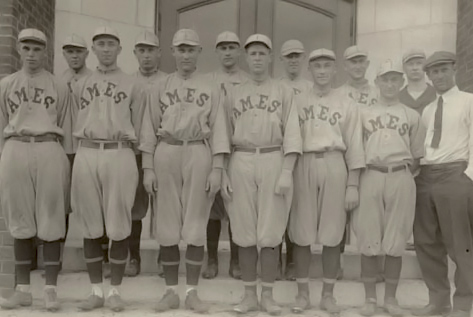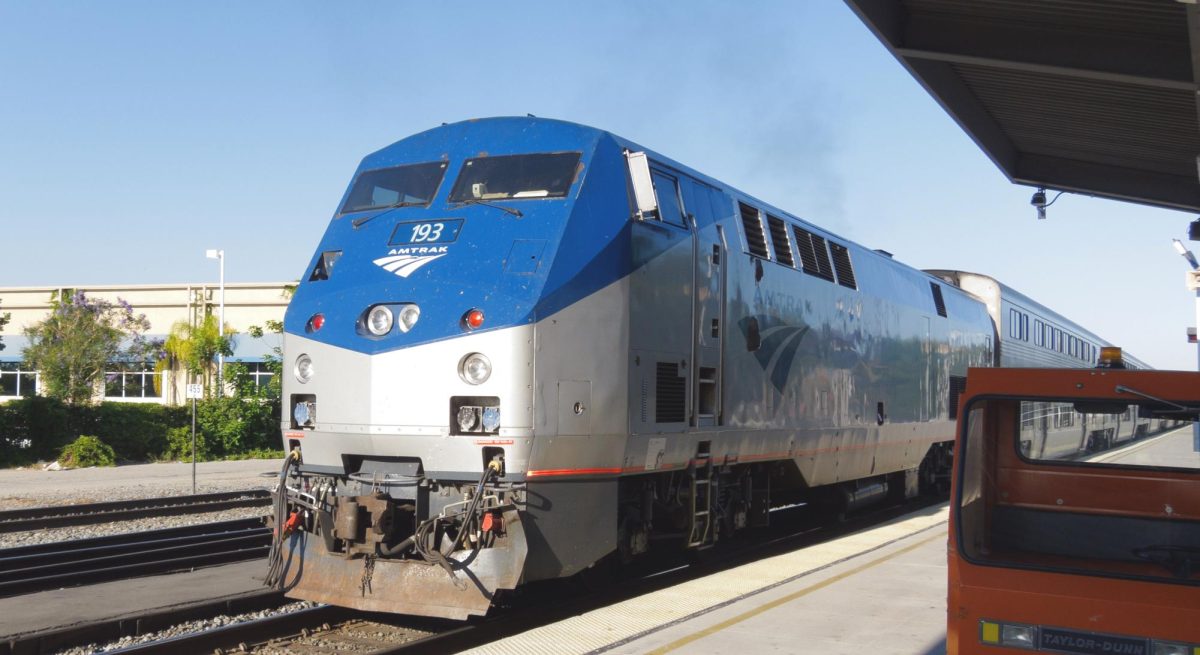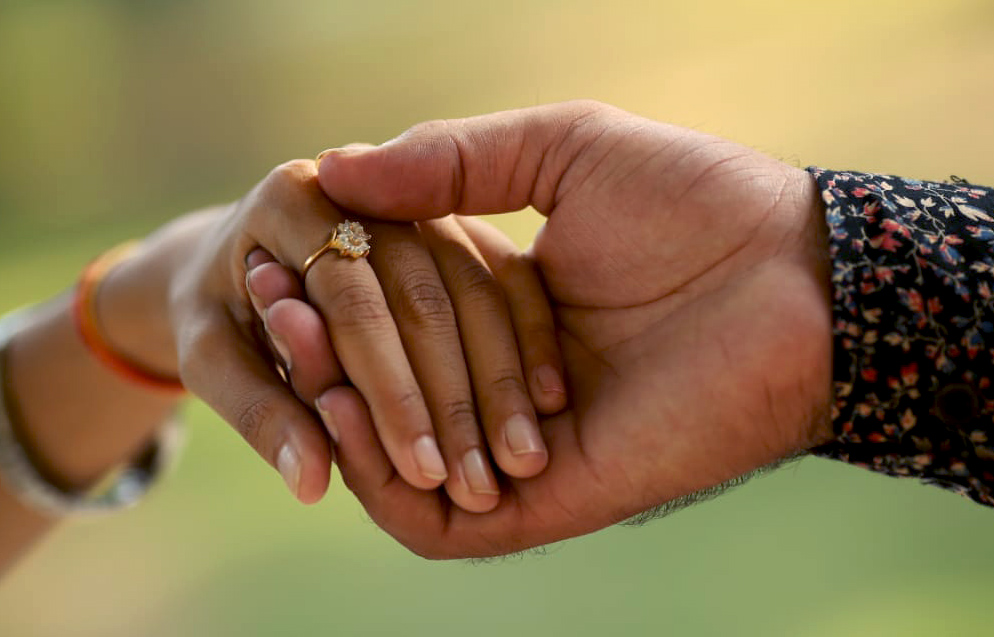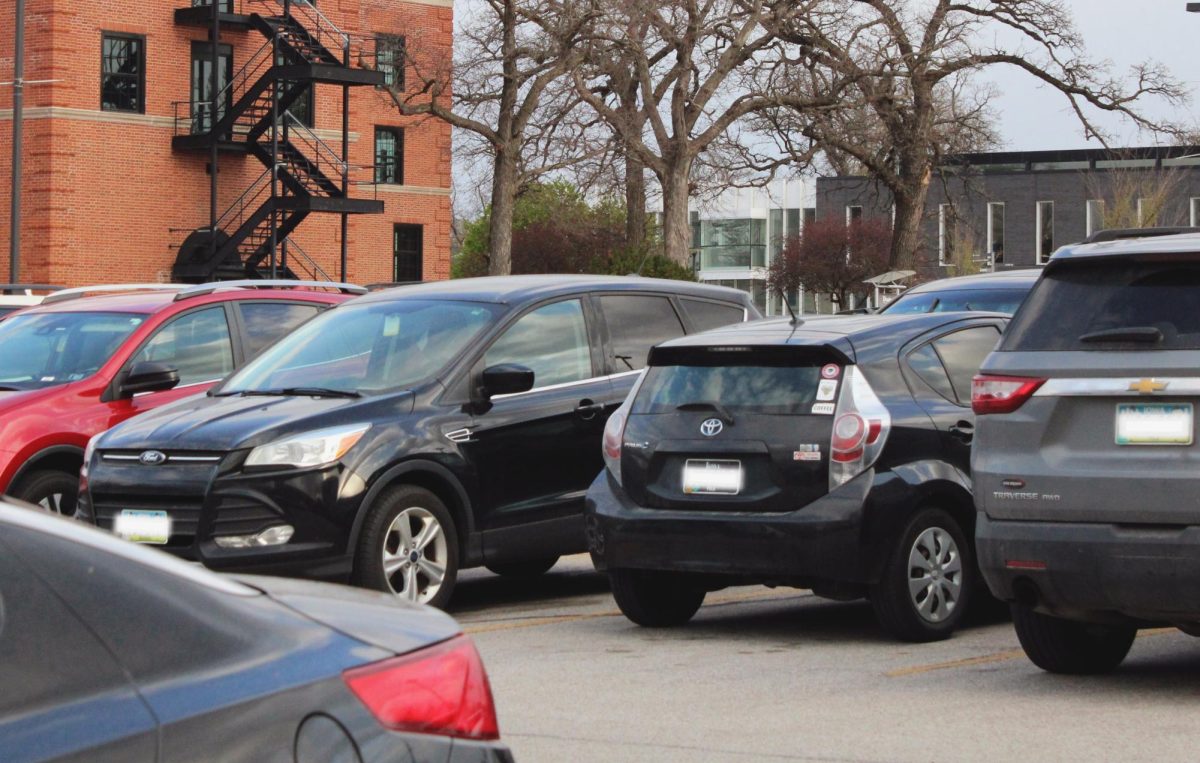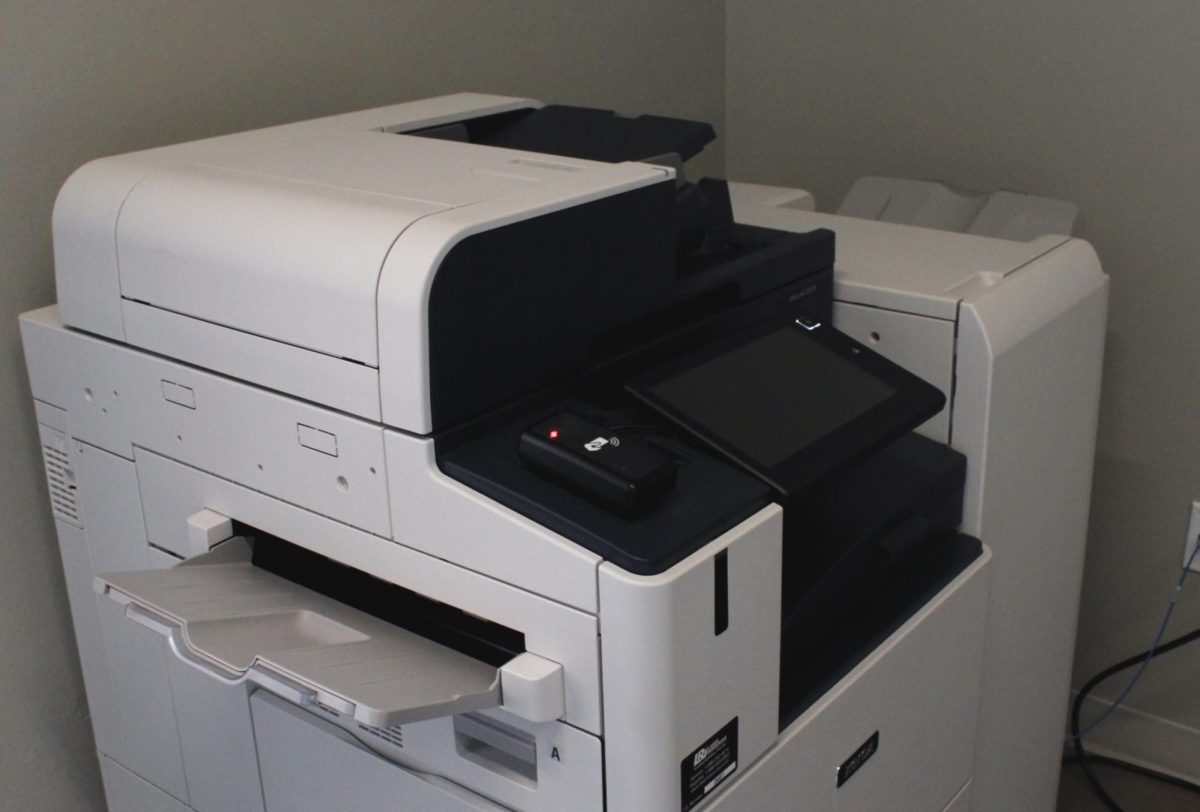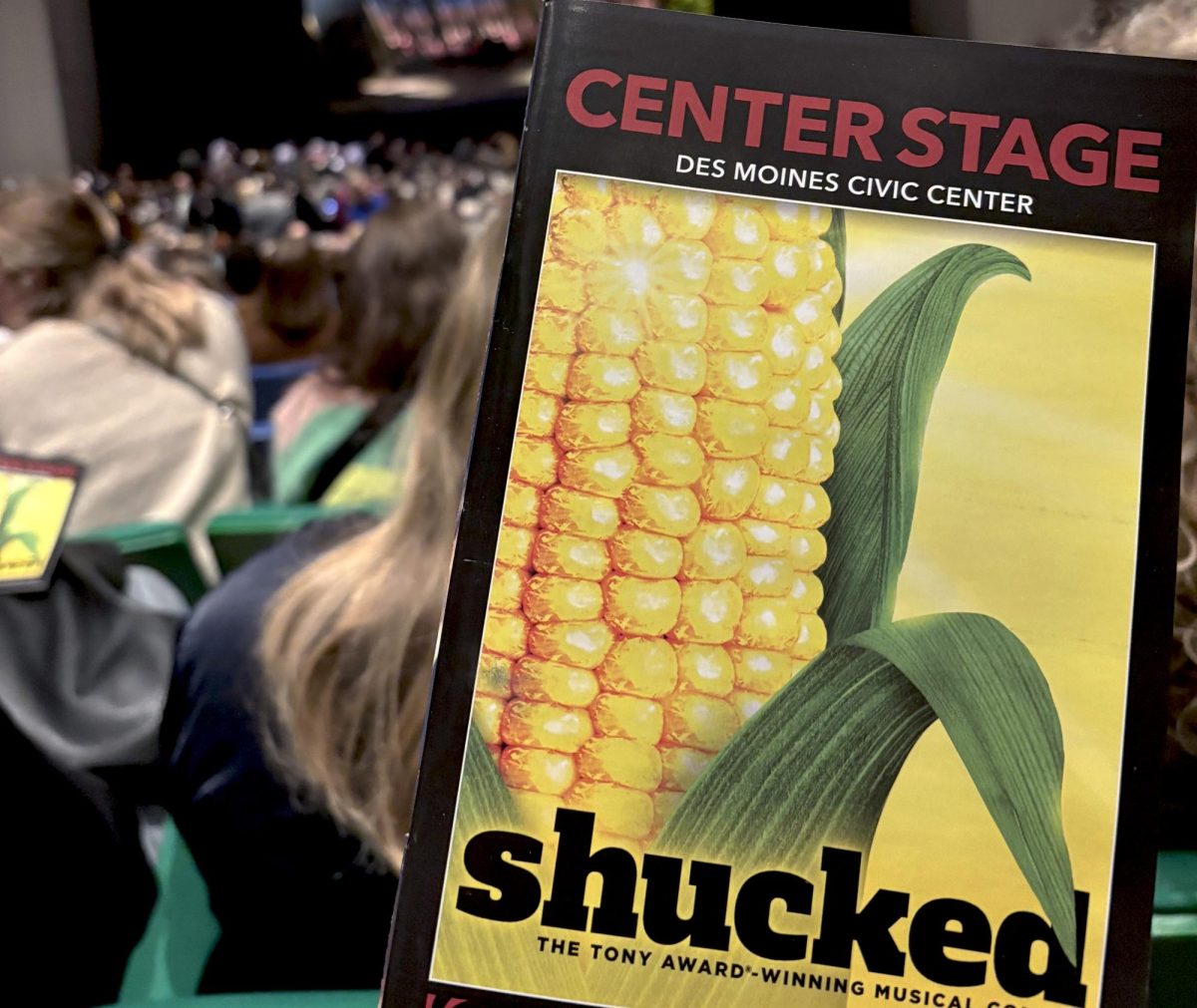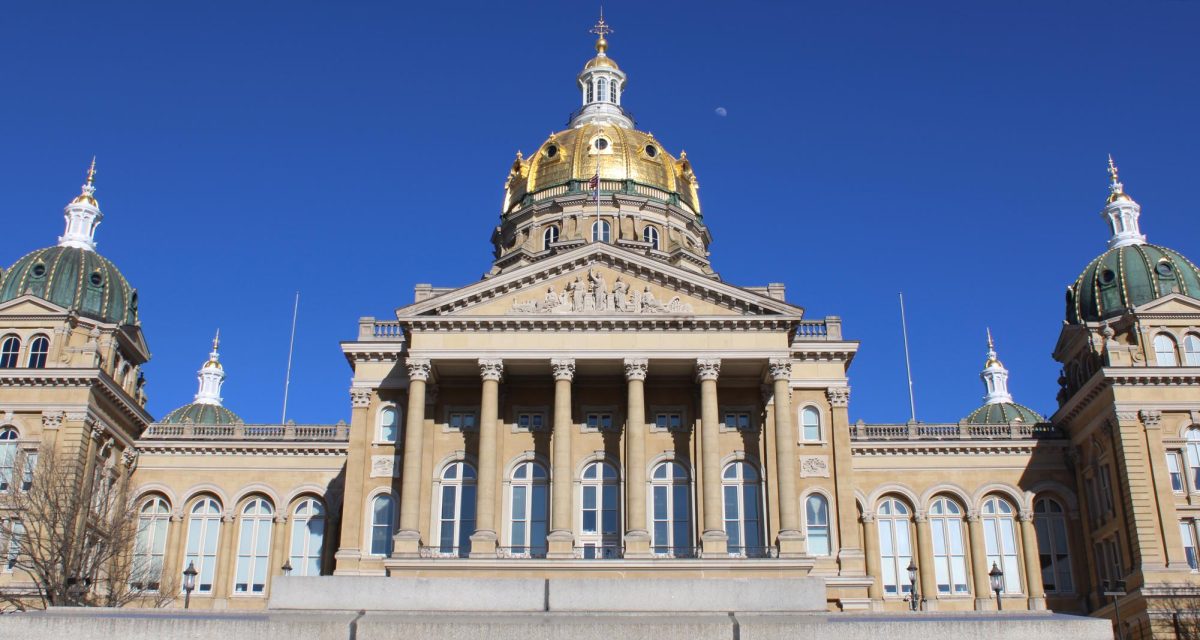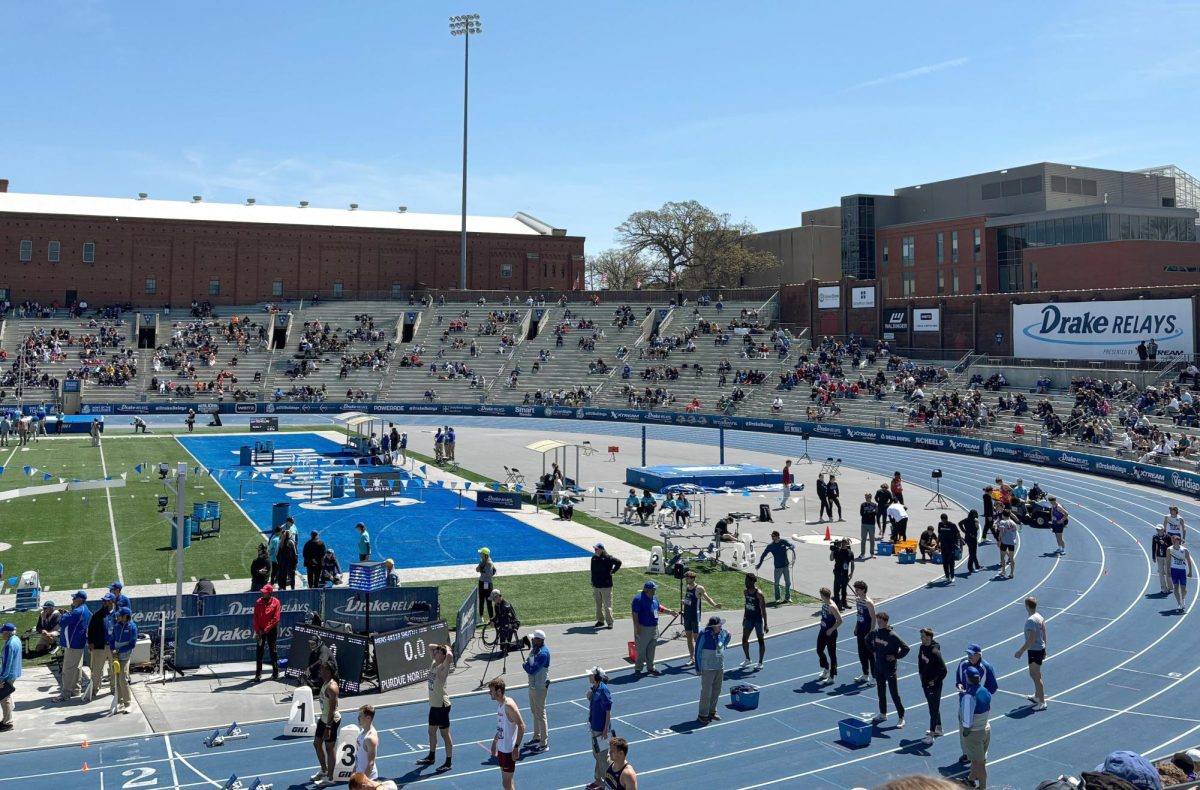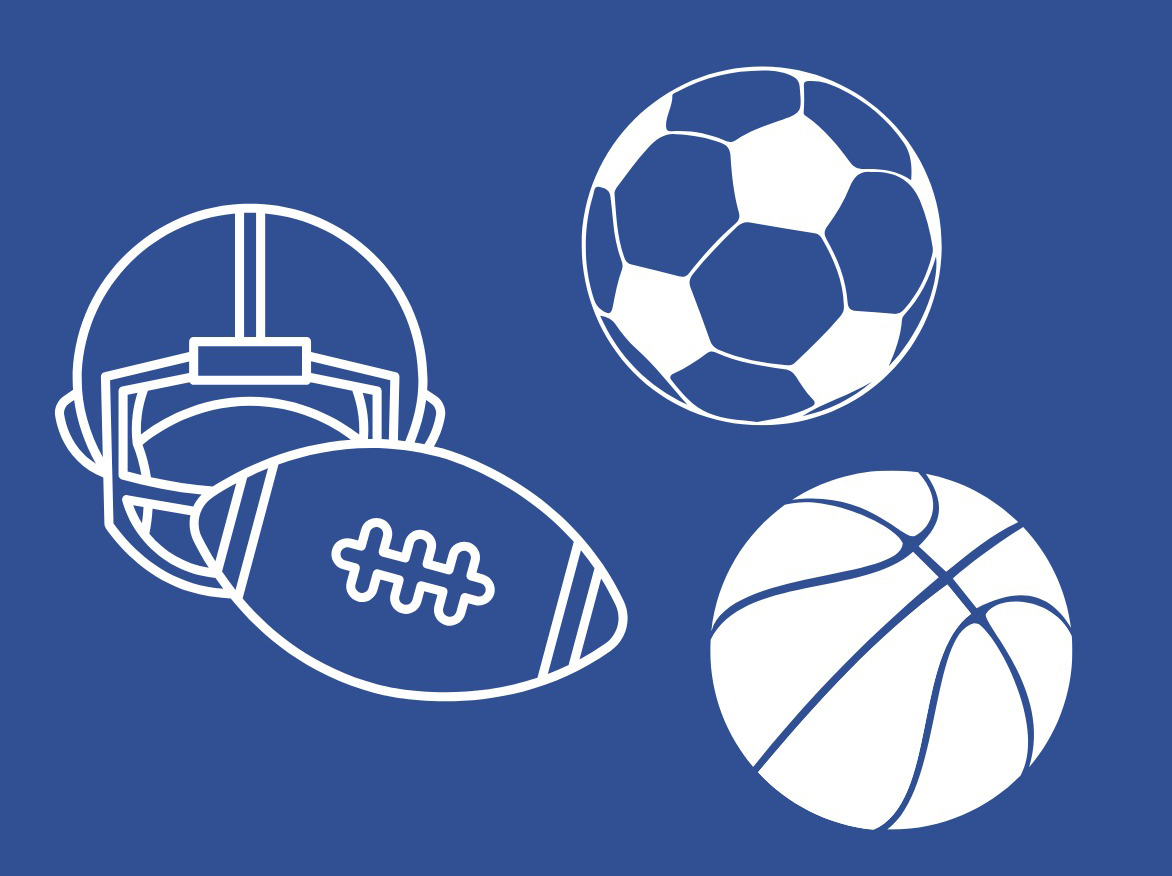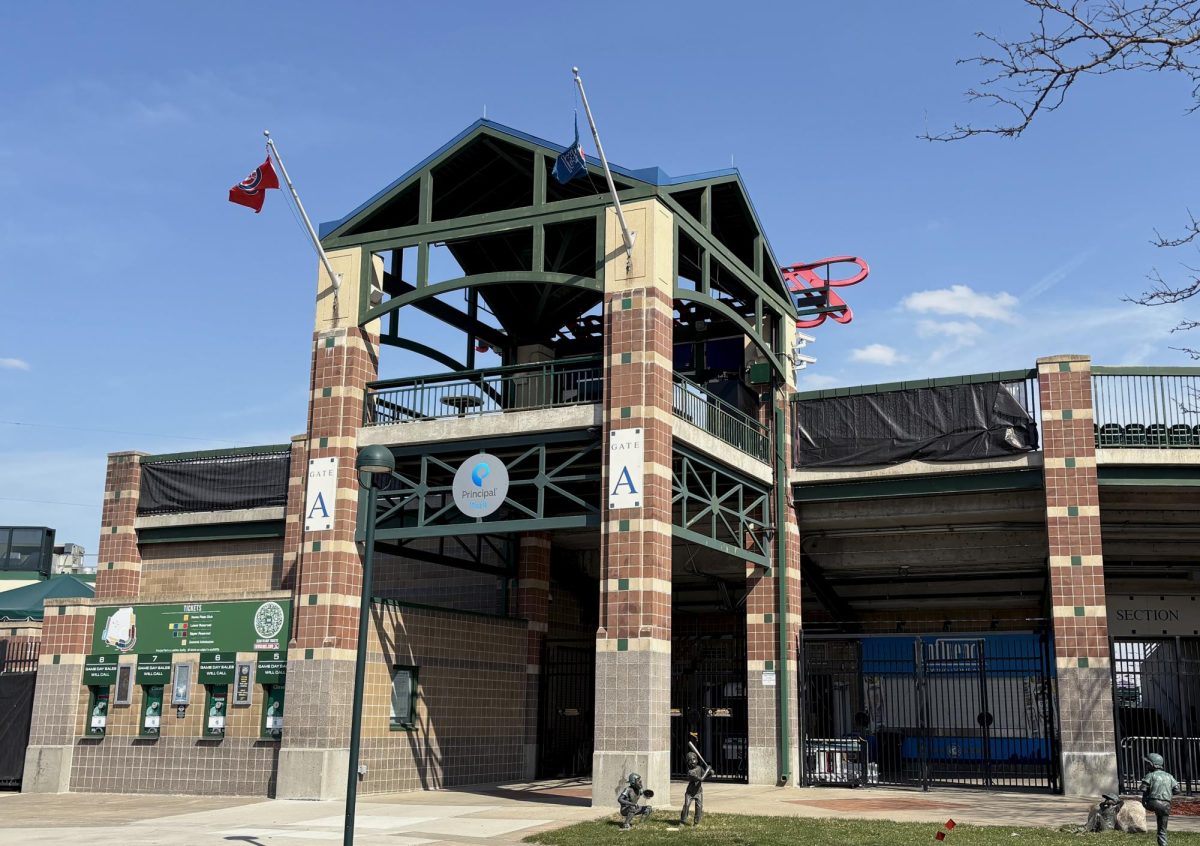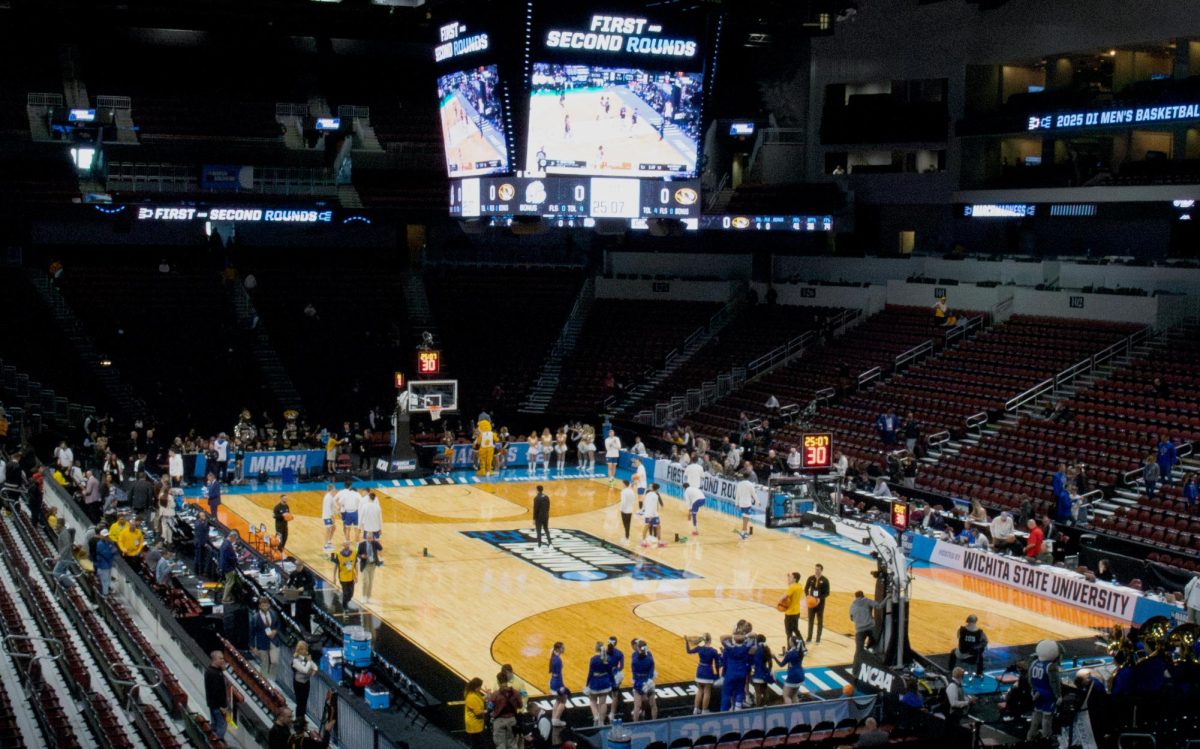Sports Analysis
After the Civil War, Union veterans staggered home to Des Moines with wounds, a newfound understanding of the world, and, most importantly, a little game that East Coast soldiers had taught them.
Yet it would take over a century before baseball became the sport Des Moines residents know today, from the setupset up to the team, and especially the team’s name.
Before the Iowa Cubs, and far before Iowa ranked third on states with the most binge drinking, the baseball team in Iowa’s capitol city proudly called themselves the Des Moines Prohibitionists. At the time, Des Moines was at the time, a “dry” city, prohibiting the sale of alcohol, though a letter to the mayor from 1888 says that the law had been “good naturedly ignored and violated.”
Baseball adapted rules and regulations as well. Equipment became standardized, teams played in leagues and associations — the Prohibitionists played in the Western Association.
The team renamed themselves to the Hawkeyes in 1899. Two years later, they renamed themselves the Des Moines Midgets. Only one year later, in 1903, they chose yet another new moniker, the Des Moines Undertakers, after their manager, Joe Quinn’s, day job. Once he died, however, the name was outdated.
After Quinn’s death, the Des Moines Register and Leader, the city’s newspaper at the time, offered a season ticket to whoever could come up with a new name. The team played in the Western League, a minor league association of teams in Colorado, Iowa, Missouri and Nebraska.
In the next few seasons, the team went through a few more newspaper contest-elected names — the Underwriters, the Champs and, unofficially, the Politicians. Only in 1908 did the team land on the Boosters, which they stuck to from 1908 to 1924.
The Des Moines Boosters became so popular that on May 12, 1909, the Register and Leader proclaimed “that powerful magnet-baseball is acting with irresistible power today on every person in Des Moines with a drop of sporting blood in his veins.”
The Boosters continued to go to bat against other cities in the Western League, including Sioux City and Omaha. Yet in 1925, management moved to Hell, when the team transformed into the Des Moines Demons.
Games also transitioned from daytime fun to starlight spectacles, as field owners lit up the field. Fans came purely to marvel at the lights.
By May 14, 1931, the Des Moines Register felt proud to call Des Moines “the cradle of night baseball, savior of many minor leagues and a top notch baseball town.” Fans had come this year not to see the lights, but the team.
The team disbanded in 1937, just before World War II began. Many young men, including around 500 Major League Baseball players, took up arms against Nazi Germany and Japan. Some even played abroad, in impromptu games against fellow soldiers.
After the war, thanks to the efforts of civic leaders, baseball returned to the city with the Des Moines Bruins — another word for bear. Des Moines had bears before cubs!
During this period, Bill Bryson Sr., father of author Bill Bryson, covered the team for the Des Moines Register. Des Moines quickly became “nutty” again for ball. But before long, the team grew into the mighty Iowa Oaks, who played in the American Association under the Oakland Athletics team. Briefly, in the 1970s, they were the affiliates of the Chicago White Sox, and, for one year, in 1975, the Houston Astros.
In 1982, the team shifted to the Chicago Cubs affiliation and took on the name of the Iowa Cubs, by which Des Moiners know them today.
The American Association was a tTriple-A league based in the mMidwest and South Central U.S. It disbanded in 1997, when the Association decided to limit the amount of leagues to two, with Iowa joining the Pacific League.
Today, the Iowa Cubs play in the International League, after the borders shifted and Iowa moved over East.
But whether they’re bBears, cCubs or uUndertakers, Des Moines’ home team always draws crowds in the summer. With the season starting up, it’s time to take yourself to the ball game!

